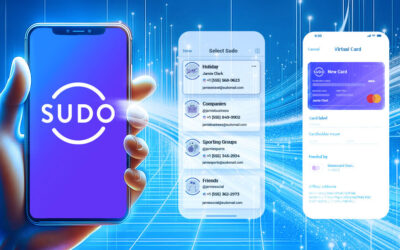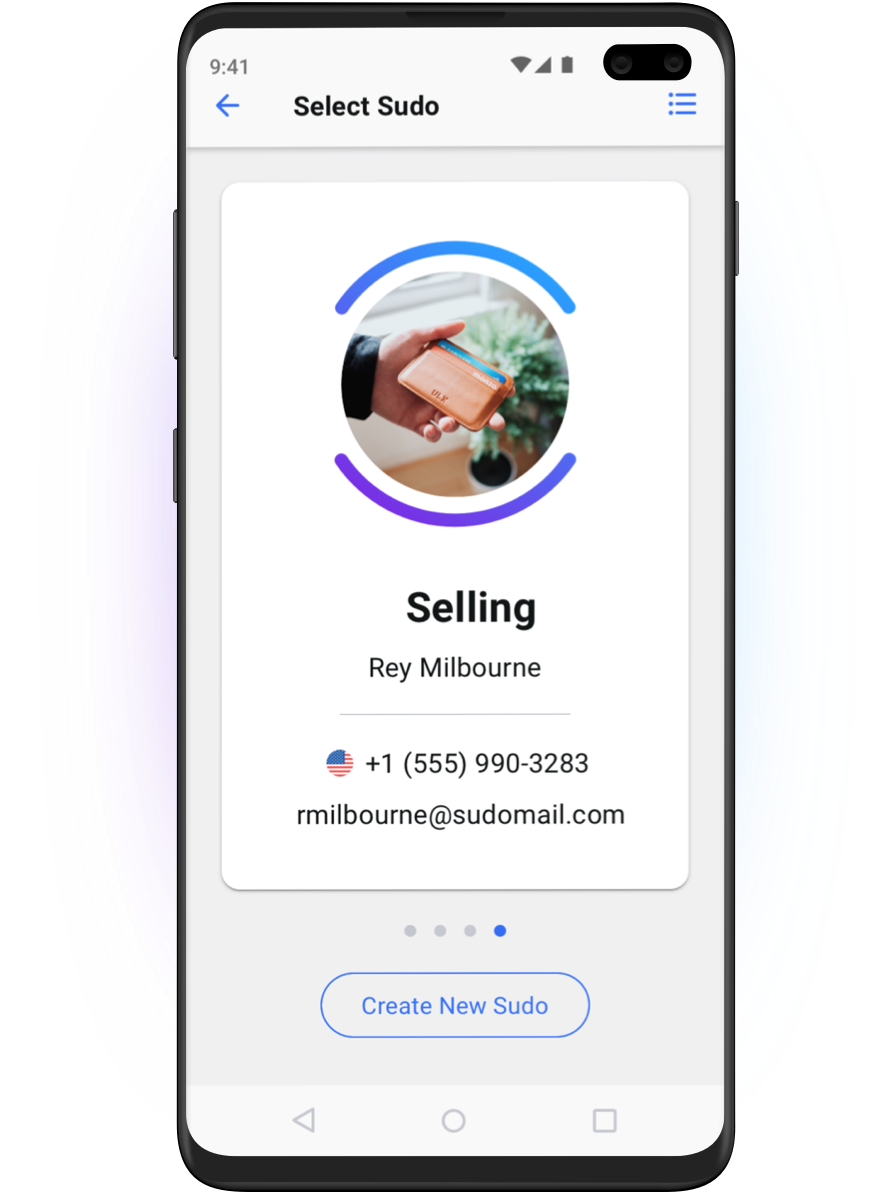More and more consumers are questioning whether the convenience of personalized ads and experiences is worth losing the privacy of their personal data.
Any company you engage with online has data about you. Big tech companies like Facebook, Google and Amazon have truckloads.
Big tech companies are actually big data companies. Their business model is data exploitation. Let’s look at Amazon, for example.
Amazon wants to sell you products, and the way it—and every other company in the digital marketplace—sells you products is by collecting information about what you like, buy and browse.
If you search or buy products with Amazon or engage with any of its services, it will collect data about you. And as a recent expose on WIRED shows, it’s a lot of data.
Amazon collects data from three sources:
- data you give Amazon (e.g. when you use Amazon Prime or Kindle)
- data Amazon can collect automatically (e.g. your location)
- data Amazon gets from third parties (e.g. credit checks).
Every click and scroll on Amazon services is recorded. That means, it’s gathering data when you interact with its shopping platform, Kindle books, Ring home security and smart home products, Alexa voice assistants, web services, delivery services, streaming services, and business streams. And maybe soon from its physical pharmacy stores.
This mass data collection has put Amazon in the sights of GDPR and antitrust regulators.
If you want to skip straight to the solution, head here.
In its US privacy policy, Amazon offers up a very long list of the data it collects:
“Information You Give Us When You Use Amazon Services
You provide information to us when you:
- search or shop for products or services in our stores;
- add or remove an item from your cart, or place an order through or use Amazon Services;
- download, stream, view, or use content on a device or through a service or application on a device;
- provide information in Your Account (and you might have more than one if you have used more than one email address or mobile number when shopping with us) or Your Profile;
- talk to or otherwise interact with our Alexa Voice service;
- upload your contacts;
- configure your settings on, provide data access permissions for, or interact with an Amazon device or service;
- provide information in your Seller Account , Kindle Direct Publishing account , Developer account , or any other account we make available that allows you to develop or offer software, goods, or services to Amazon customers;
- offer your products or services on or through Amazon Services;
- communicate with us by phone, email, or otherwise;
- complete a questionnaire, a support ticket, or a contest entry form;
- upload or stream images, videos or other files to Prime Photos, Amazon Drive, or other Amazon Services;
- use our services such as Prime Video;
- compile Playlists, Watchlists, Wish Lists or other gift registries;
- participate in Discussion Boards or other community features;
- provide and rate Reviews;
- specify a Special Occasion Reminder; or
- employ Product Availability Alerts, such as Available to Order Notifications.
As a result of those actions, you might supply us with such information as:
- identifying information such as your name, address, and phone numbers;
- payment information;
- your age;
- your location information;
- your IP address;
- people, addresses and phone numbers listed in your Addresses;
- email addresses of your friends and other people;
- content of reviews and emails to us;
- personal description and photograph in Your Profile;
- voice recordings when you speak to Alexa;
- images and videos collected or stored in connection with Amazon Services;
- information and documents regarding identity, including Social Security and driver’s license numbers;
- corporate and financial information;
- credit history information; and
- device log files and configurations, including Wi-Fi credentials, if you choose to automatically synchronize them with your other Amazon devices.
Automatic Information
Examples of the information we collect and analyze include:
- the internet protocol (IP) address used to connect your computer to the internet;
- login, email address, and password;
- the location of your device or computer;
- content interaction information, such as content downloads, streams, and playback details, including duration and number of simultaneous streams and downloads, and network details for streaming and download quality, including information about your internet service provider;
- device metrics such as when a device is in use, application usage, connectivity data, and any errors or event failures;
- Amazon Services metrics (e.g., the occurrences of technical errors, your interactions with service features and content, your settings preferences and backup information, location of your device running an application, information about uploaded images and files such as the file name, dates, times and location of your images);
- version and time zone settings;
- purchase and content use history, which we sometimes aggregate with similar information from other customers to create features like Top Sellers;
- the full Uniform Resource Locator (URL) clickstream to, through, and from our websites, including date and time; products and content you viewed or searched for; page response times, download errors, length of visits to certain pages, and page interaction information (such as scrolling, clicks, and mouse-overs);
- phone numbers used to call our customer service number; and
- images or videos when you shop in our stores, or stores using Amazon Services.
We may also use device identifiers, cookies, and other technologies on devices, applications, and our web pages to collect browsing, usage, or other technical information.
Information from Other Sources
Examples of information we receive from other sources include:
- updated delivery and address information from our carriers or other third parties, which we use to correct our records and deliver your next purchase or communication more easily;
- account information, purchase or redemption information, and page-view information from some merchants with which we operate co-branded businesses or for which we provide technical, fulfillment, advertising, or other services;
- information about your interactions with products and services offered by our subsidiaries;
- search results and links, including paid listings (such as Sponsored Links);
- information about internet-connected devices and services linked with Alexa; and
- credit history information from credit bureaus, which we use to help prevent and detect fraud and to offer certain credit or financial services to some customers.”
Exhausted much?
So what’s the big deal with all that data collection?
The big deal is any data, but particularly shopping data, can be highly sensitive. WIRED quotes Carissa Véliz, an associate professor at the University of Oxford’s Institute for Ethics, as saying: “[Shopping data] can tell you about a person’s health status, their political tendencies, their sexual practices, and much more. People buy all kinds of things on Amazon, from books and movies to health-related items. Add to that personal data from Alexa, and it gets even more concerning.”
The advice is to assume everything you do on Amazon’s website, apps or any of its products is collected and saved. Do you really want that?
What you can do about it
Our best advice is always to be proactive in protecting your personal data. The best way to do this is to use MySudo, the world’s only all-in-one privacy app.
MySudo is the only app on the market that offers private and secure phone, email, browsing and payments all in one place, accessed via Sudos—secure digital profiles that work as real, alternatives to your personal identity. Learn how to use MySudo in 90 seconds.
Shop and interact on Amazon apps and services with MySudo
Every time you browse and shop with Amazon or any online store, you can use a Sudo profile you set up specifically for that purpose. You might call it Amazon Sudo. Going further, you might even want multipleAmazon Sudos so you can compartmentalize your purchases for work, home, hobbies and so on. (You can have up to nine Sudos in the app, and we cover compartmentalization again later in this article.)
Shopping with your Amazon Sudo means you can shield your personal information from Amazon’s dragnet surveillance, and instead use your Sudo profile information (email, phone, browser, virtual card) to privately and securely:
- create your online accounts
- get notifications, including offers
- browse and search products
- checkout and pay.
This is an approach that says you want to benefit from what Amazon can offer you, but with more control. (Some people might still prefer to pay in cash at bricks and mortar stores, which is a good option too.)
See how to set up your Amazon or any Shopping Sudo in 7 simple steps.
What makes MySudo so effective at protecting your personal data is that it’s built on the concept of compartmentalization, the most powerful data protection strategy in the world. In our digital lives, compartmentalization really means ‘Don’t put all your eggs in one basket’. Instead, categorize and separate your personal data into many different compartments to reduce the impact when it is compromised. Compartmentalization recognizes no system is perfect, breaches are always possible, so it’s wise to manage the risk. You might lose an egg or two, but you won’t lose them all. By creating and managing nine separate Sudo profiles in the app, including an Amazon Sudo if you choose, MySudo makes compartmentalizing your personal data simple.
Here’s clever advice on how to use MySudo virtual cards to pay for and receive parcels from Amazon and any online retailer too.
Read WIRED’s advice for protecting yourself when using Amazon services.







